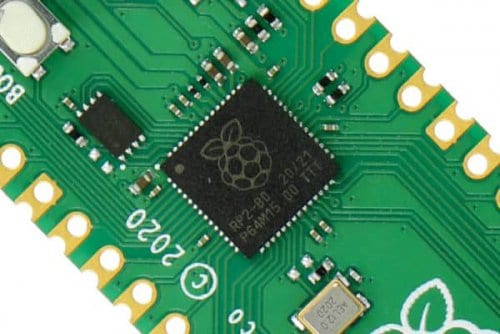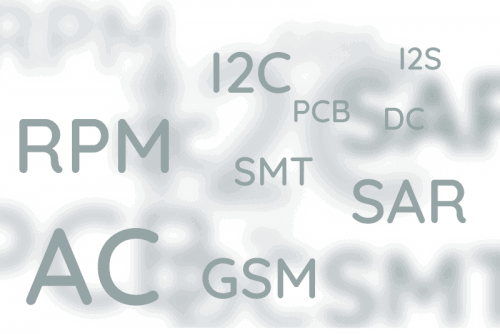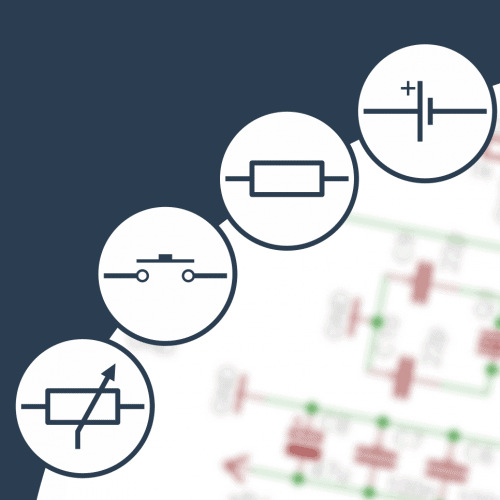LCD ILI9486 i ESP32
-
Quizy
-
Autor quizu: Treker 15 5 168
-
-
Najnowsze posty w innych tematach
-
- 16 odp.
- 465 wyświetleń
-
Kurs elektroniki II - #5 - czujniki analogowe 1 2 3 4 8
Przez Komentator, w Artykuły redakcji (blog)
- 115 odp.
- 26 843 wyświetleń
-
- 13 odp.
- 381 wyświetleń
-
- 4 odp.
- 195 wyświetleń
-
- 17 odp.
- 431 wyświetleń
-





Pomocna odpowiedź
Dołącz do dyskusji, napisz odpowiedź!
Jeśli masz już konto to zaloguj się teraz, aby opublikować wiadomość jako Ty. Możesz też napisać teraz i zarejestrować się później.
Uwaga: wgrywanie zdjęć i załączników dostępne jest po zalogowaniu!